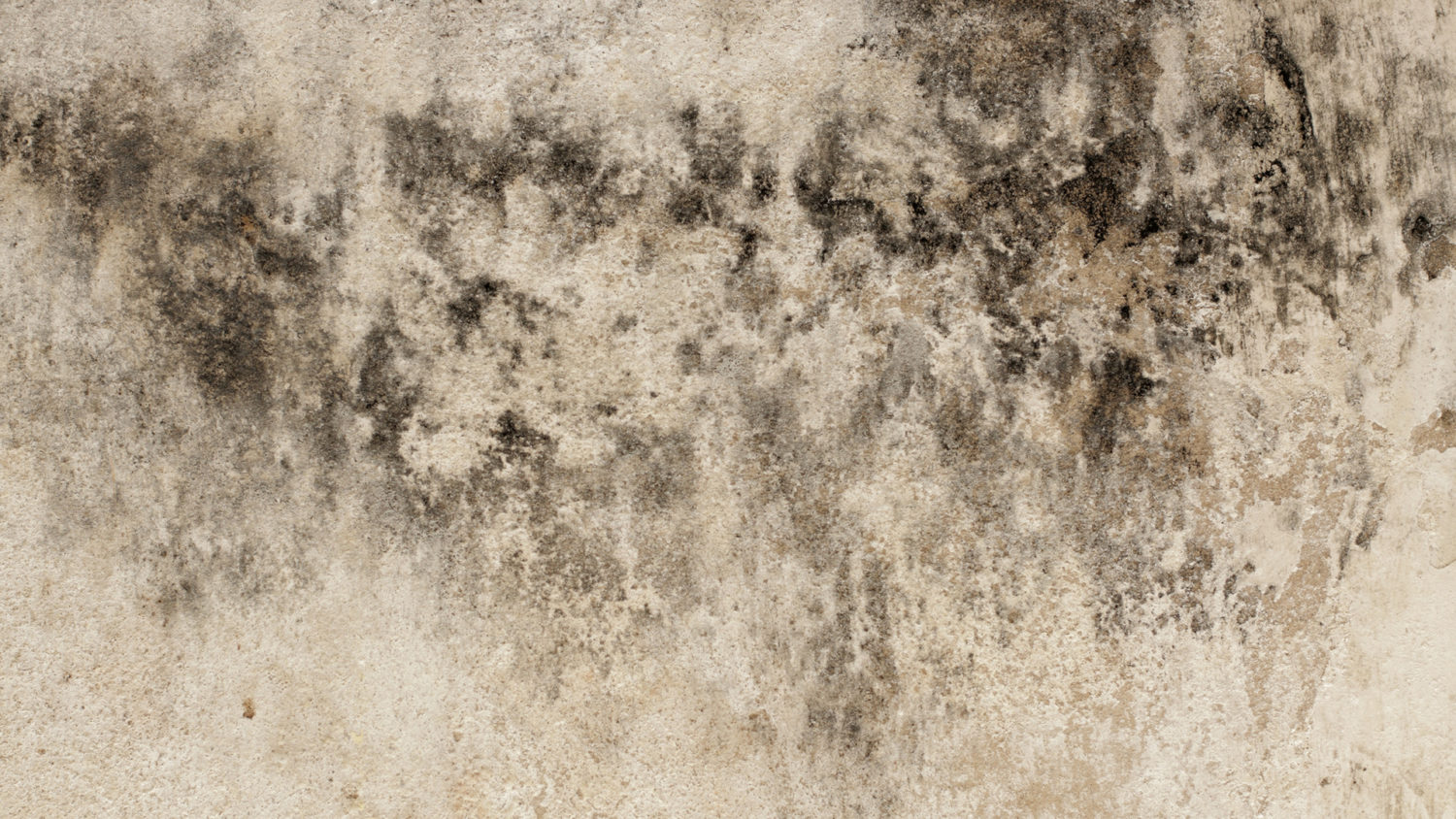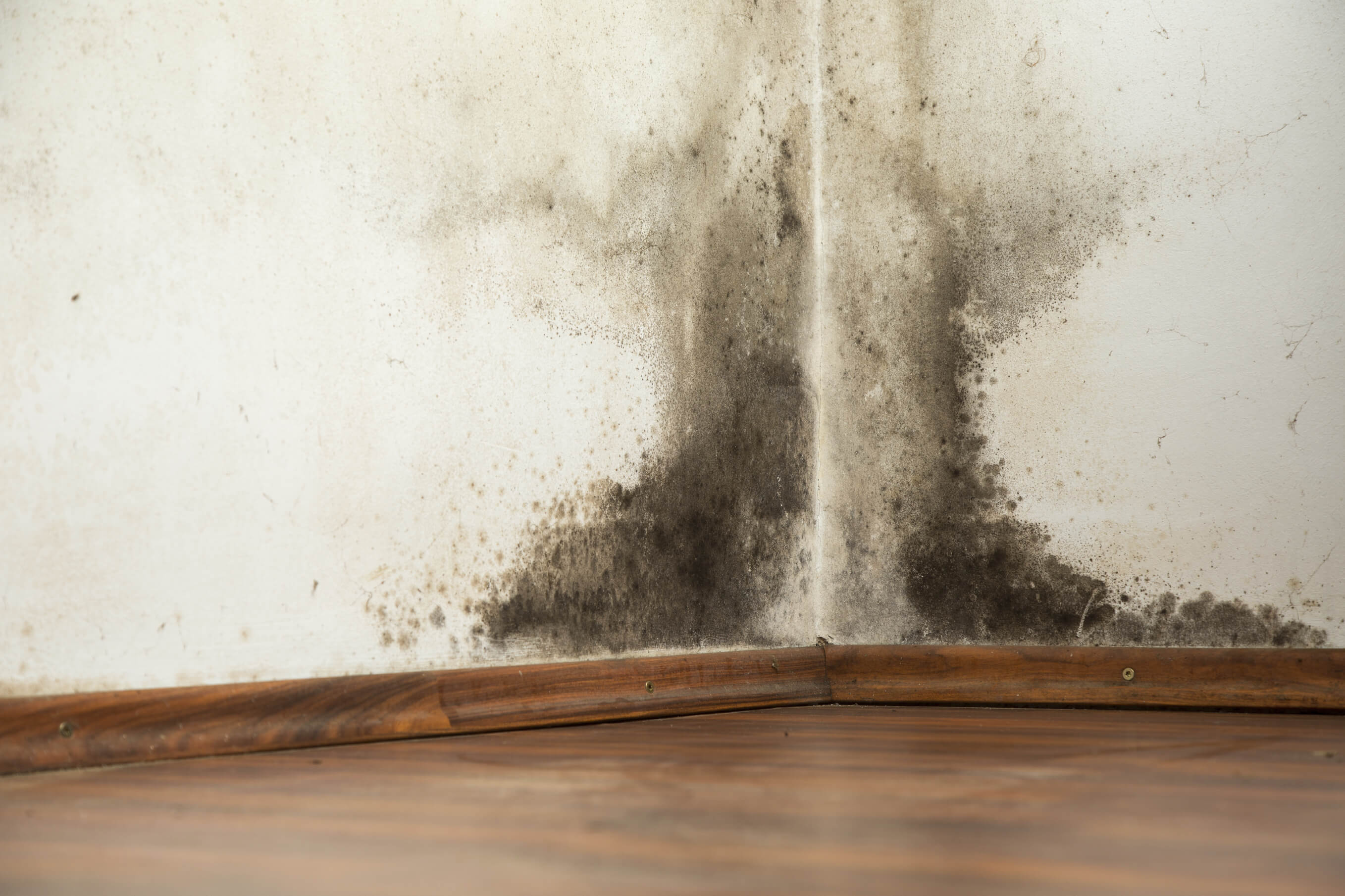Understanding the Problem: Mold in Bedrooms: Anti Mould Paint For Bedrooms
Mold growth in bedrooms is a serious issue that can pose significant health risks to occupants. It is essential to understand the causes and consequences of mold growth and implement effective strategies for prevention.
Health Risks Associated with Mold
Mold can release microscopic spores into the air, which can be inhaled by individuals, leading to various health problems. These health risks vary depending on the type of mold, the amount of exposure, and the individual’s sensitivity. Common health problems associated with mold exposure include:
- Allergic reactions: Mold spores can trigger allergic reactions in sensitive individuals, leading to symptoms like sneezing, runny nose, itchy eyes, and skin rashes.
- Respiratory problems: Mold exposure can exacerbate existing respiratory conditions like asthma, bronchitis, and sinusitis. It can also cause new respiratory problems, such as coughing, wheezing, and shortness of breath.
- Other health issues: In some cases, mold exposure can lead to more severe health problems, including neurological disorders, immune system dysfunction, and even lung infections.
Causes of Mold Growth in Bedrooms
Mold thrives in damp and humid environments, making bedrooms susceptible to mold growth. Several factors can contribute to mold growth in bedrooms, including:
- High humidity: High humidity levels in bedrooms can create an ideal environment for mold to flourish.
- Leaks and water damage: Water leaks from plumbing fixtures, roofs, or windows can provide moisture for mold growth.
- Poor ventilation: Bedrooms with inadequate ventilation can trap moisture, increasing the risk of mold growth.
- Condensation: Condensation can form on cold surfaces, such as windows, walls, and ceilings, creating moisture for mold growth.
Preventing Mold Growth in Bedrooms
Preventing mold growth in bedrooms is crucial for protecting the health and well-being of occupants. Here are some practical tips for preventing mold growth:
- Regular cleaning: Regularly cleaning bedrooms, including wiping down surfaces and vacuuming carpets, can help remove mold spores and prevent their accumulation.
- Dehumidifying: Using a dehumidifier in bedrooms can help reduce humidity levels, making the environment less favorable for mold growth.
- Addressing moisture sources: Repairing leaks, fixing plumbing issues, and ensuring proper drainage can eliminate sources of moisture that contribute to mold growth.
- Improving ventilation: Opening windows and using fans to circulate air can help reduce humidity levels and prevent moisture buildup.
Anti-Mold Paint

Anti-mold paint is a specialized coating designed to inhibit the growth of mold and mildew on surfaces. It’s a valuable tool for creating a healthier and more aesthetically pleasing living environment, particularly in areas prone to moisture and humidity, like bedrooms.
Properties of Anti-Mold Paint, Anti mould paint for bedrooms
Anti-mold paint works by incorporating special additives, such as fungicides or mildewcide, into the paint formula. These additives create a hostile environment for mold spores, preventing them from germinating and growing. This is achieved by:
* Disrupting the mold’s ability to absorb nutrients: The additives in anti-mold paint can interfere with the mold’s ability to absorb essential nutrients from the surface.
* Creating a barrier: Some anti-mold paints form a protective barrier on the surface, preventing moisture from penetrating and creating a conducive environment for mold growth.
* Eliminating the mold’s food source: The additives in anti-mold paint can directly kill mold spores or prevent them from reproducing.
Anti-mold paint offers several advantages over traditional paints, including:
* Long-lasting protection: Anti-mold paint can provide years of protection against mold growth, making it a cost-effective solution in the long run.
* Easy application: Anti-mold paint is typically applied in the same way as regular paint, making it easy to use for DIY projects.
* Aesthetically pleasing: Anti-mold paint is available in a wide range of colors and finishes, allowing you to create a visually appealing and mold-resistant surface.
Types of Anti-Mold Paint
There are various types of anti-mold paint available, each with its unique characteristics and application:
* Oil-based: Oil-based anti-mold paint is known for its durability and resistance to moisture. It’s often used in areas with high humidity, such as bathrooms and kitchens.
* Latex-based: Latex-based anti-mold paint is a water-based option that offers good adhesion and is easy to clean. It’s often used in bedrooms and other areas with moderate humidity.
* Epoxy-based: Epoxy-based anti-mold paint is a highly durable and moisture-resistant option that is often used in industrial and commercial settings. It’s also suitable for high-traffic areas, such as garages and basements.
Applying Anti-Mold Paint
Applying anti-mold paint is similar to applying regular paint, but proper preparation is crucial for achieving optimal results:
* Surface preparation: Before applying anti-mold paint, it’s essential to thoroughly clean the surface to remove any existing mold, mildew, or dirt. This can be done using a mold-killing solution or a bleach-based cleaner.
* Application techniques: Anti-mold paint can be applied using a brush, roller, or spray gun. It’s important to follow the manufacturer’s instructions for the best results.
* Drying time: Allow the anti-mold paint to dry completely before applying a second coat. The drying time will vary depending on the type of paint and the environmental conditions.
Choosing the Right Anti-Mold Paint for Bedrooms

Choosing the right anti-mold paint for your bedroom is crucial to creating a healthy and comfortable living space. A good anti-mold paint will not only prevent mold growth but also enhance the aesthetics of your room. Here’s a guide to help you make an informed decision.
Factors to Consider When Selecting Anti-Mold Paint for Bedrooms
Several factors need to be considered when selecting anti-mold paint for your bedroom. These factors will help you determine the best paint for your specific needs.
- Room Size: Larger rooms require more paint coverage. Consider the square footage of your bedroom and choose a paint with appropriate coverage.
- Moisture Levels: High moisture levels are a breeding ground for mold. If your bedroom experiences high humidity, opt for a paint with excellent mildew resistance.
- Desired Finish: Anti-mold paints are available in various finishes, including matte, satin, semi-gloss, and gloss. Consider the desired look and feel for your bedroom. Matte finishes provide a softer look, while gloss finishes offer a more durable and washable surface.
- Color: Choose a color that complements your bedroom decor and provides the desired ambiance.
- Budget: Anti-mold paints vary in price. Consider your budget and choose a paint that fits your financial constraints.
Comparing Different Anti-Mold Paint Brands
Here is a table comparing some popular anti-mold paint brands:
| Brand | Key Features | Pros | Cons |
|---|---|---|---|
| Kilz | High-performance mildewcide, excellent coverage, available in various finishes | Durable, effective in preventing mold growth, wide range of colors | Can be slightly more expensive than other brands |
| Zinsser | Mildewcide-resistant formula, excellent adhesion, water-based | Easy to apply, dries quickly, low VOCs | May not be as durable as some other brands |
| Sherwin-Williams | Mold-resistant formula, available in various colors and finishes, excellent coverage | Durable, reliable, good value for the price | May not be as effective in extreme humidity conditions |
Practical Advice on Choosing the Most Suitable Anti-Mold Paint for Specific Bedroom Conditions
- High Moisture Levels: If your bedroom experiences high humidity, choose a paint with a mildewcide-resistant formula. Consider brands like Kilz or Zinsser, which offer high-performance mildewcide protection.
- Low Moisture Levels: For bedrooms with low humidity levels, a standard anti-mold paint may suffice. Look for paints with good coverage and a durable finish.
- High Traffic Areas: For bedrooms with high traffic areas, such as closets or playrooms, choose a paint with a durable finish, like satin or semi-gloss. These finishes are more resistant to scratches and scuffs.
- Children’s Rooms: Consider using a low-VOC paint for children’s bedrooms, as they are more susceptible to the effects of volatile organic compounds. Look for paints labeled as “low VOC” or “eco-friendly.”
